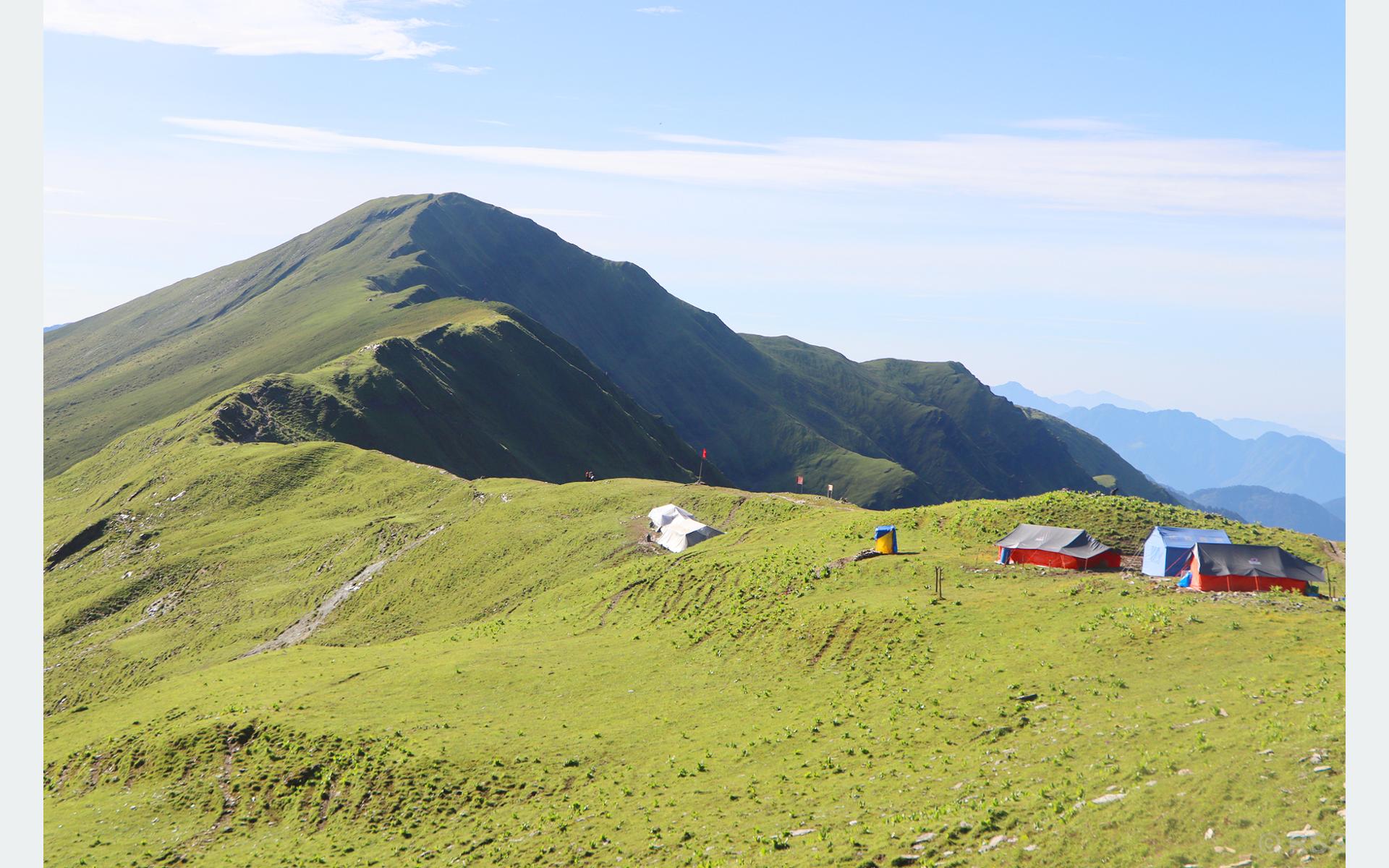

DHORPATAN: Once lively with domestic tourists, shepherds, and herds of livestock during the monsoon, Bukipatan has now fallen silent with the arrival of winter.
Situated at an altitude of around 4,500 meters above sea level, the area that teemed with activity until early October now stands deserted as cold weather and frozen water sources drive people and animals away.
Once used mainly as a grazing and breeding ground for shepherds, Bukipatan has gained popularity in recent years as a trekking destination, attracting both local and foreign visitors seeking respite from the summer heat and stunning views of high pastures and mountain ranges.
From July to mid-October, Bukipatan’s zones—including Garpacheda, Dahakharka, Tikadhara, Rajban, Syachu, Furse Deurali, and Falgune Deurali—see dense seasonal migration of herders from Baglung, Rolpa, Rukum, Myagdi, and Dolpa.
However, by mid-October, shepherds descend to lower valleys with their livestock, leaving the region empty. “At this time, water freezes, the cold becomes unbearable, and no one can live there,” said Tul Bahadur Sunar of Dhorpatan Municipality-8, who was among the last to descend this season.
Although Bukipatan remains within Nepal’s only hunting reserve and attracts increasing numbers of trekkers each year, visits have dropped sharply with falling temperatures.
Locals like Pawan Gharti Magar note that tourist flow to Dhorpatan Valley has also declined for now but expect an influx of visitors once snow blankets the region.
Previously, most valley residents migrated seasonally between Dhorpatan and lower areas, but improved road access and gradual development have encouraged more people to stay year-round, transforming Dhorpatan into a growing settlement even amid the winter chill.